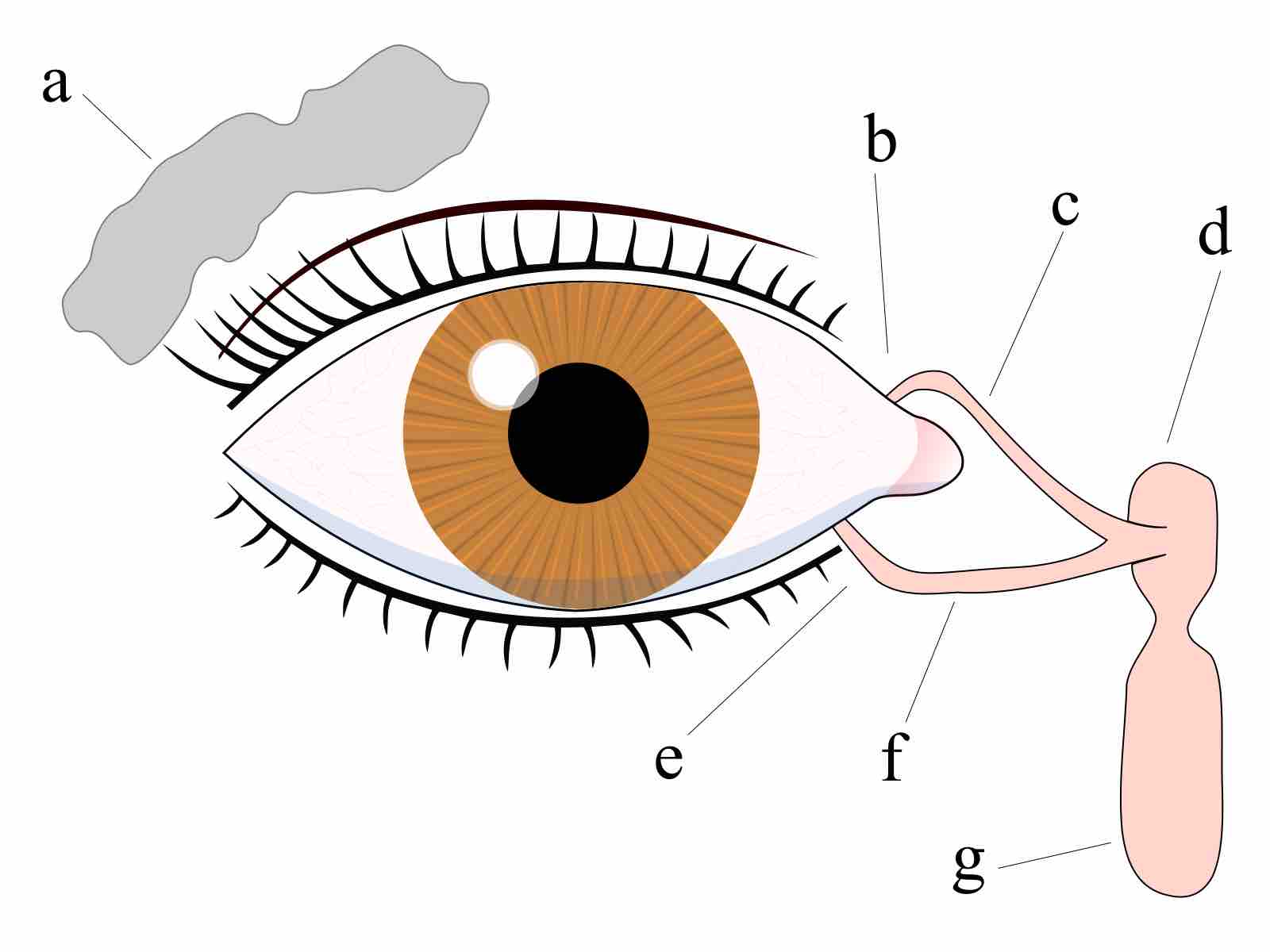Normal Eye Microbiota
The human microbiome (or human microbiota) is the aggregate of microorganisms that reside on the surface and in deep layers of skin, in the saliva and oral mucosa, in the conjunctiva, and in the gastrointestinal tracts. They include bacteria, fungi, and archaea. Some of these organisms perform tasks that are useful for the human host. However, the majority have been too poorly researched to understand the role they play. Those that are expected to be present and do not cause disease (under normal circumstances), but instead participate in maintaining health, are deemed members of the normal flora.
A small number of bacteria are normally present in the conjunctiva. These include: Chlamydia trachomatis, Chlamydophila pneumoniae, Haemophilus aegyptius, Haemophilus influenzae, Moraxella spp, Neisseria spp, Staphylococcus aureus, Staphylococcus epidermidis and Streptococcus viridians. Staphylococcus epidermidis and certain coryneforms such as Propionibacterium acnes are dominant. Staphylococcus aureus, streptococci, Haemophilus sp. and Neisseria sp. sometimes occur. The lachrymal glands continuously secrete tears keeping the conjunctiva moist, while intermittent blinking lubricates the conjunctiva and washes away foreign material. Tears contain bactericides such as lysozyme, so that microorganisms have difficulty in surviving the lysozyme and settling on the epithelial surfaces.

The Tear System
The tear system. Tears are secretions that clean and lubricate the eyes: A) Tear gland/Lacrimal gland, B) Superior lacrimal punctum, C) Superior lacrimal canal lacrimation leads to tears, D) Tear sac/Lacrimal sac, E) Inferior lacrimal punctum, F) Inferior lacrimal canal, G) Nasolacrimal canal.
Some pathogens able to infect the conjunctiva, such as Neisseria gonorrhoeae and Chlamydia trachomatis, are thought to have special processes allowing them to attach to the conjunctival epithelium. Newborn infants are particularly prone to bacterial attachment. Chlamydia and Neisseria may be present in an infected mother and show up on the cervical and vaginal epithelium. In such cases the newborn's eyes may be treated with silver nitrate or antibiotics.